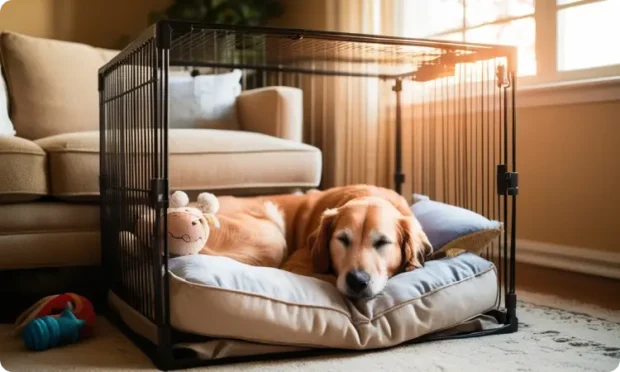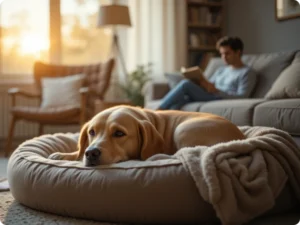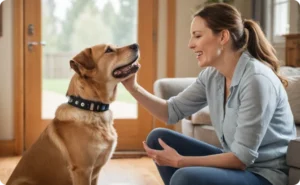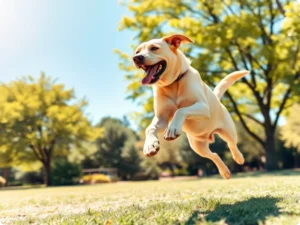Crate training an older dog can seem daunting, especially if you’ve welcomed your new furry friend into a much-loved home. However, understanding how to crate train an older dog is an incredibly rewarding process that benefits both you and your canine companion. With patience and the right approach, you can provide your dog with a sense of security and a comfy space they can call their own.
Whether you’ve rescued a senior dog or adopted an adult that hasn’t experienced crate training before, this guide will walk you through effective strategies aimed at easing your dog into this new routine. Remember, your ultimate goal is to create a positive association with the crate, paving the way for a happier, more comfortable dog.
Understanding the Benefits of Crate Training for Older Dogs
1. A Safe Haven
Understanding how to crate train an older dog begins with recognizing the benefits of this training method. Crates can serve as a secure environment where your dog can retreat during stressful moments or simply catch some Z’s. It’s an essential tool that can help mitigate anxiety and promote a sense of control.
2. Assisting in House Training
Even older dogs may need a refresher on house training. By learning how to crate train an older dog, you may find it easier to establish a consistent routine, thereby reducing accidents in the house. A crate can help you monitor your dog’s behavior, making it simpler to guide them in the right direction.
3. Travel Safety
Another essential benefit is ensuring your dog’s safety while traveling. An older dog that’s crate trained can navigate car rides, vet visits, or trips effectively without feeling overwhelmed or anxious.
Steps on How to Crate Train an Older Dog
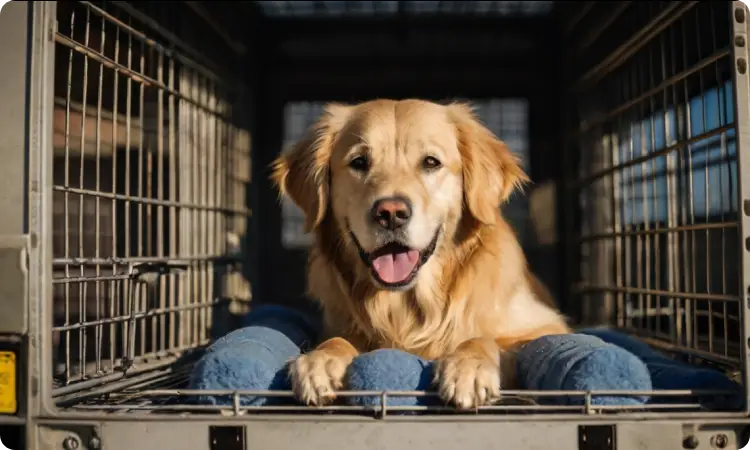
Step 1: Choosing the Right Crate
Choosing the right crate is paramount for success. Make sure to select a crate that is large enough for your dog to stand, turn around, and lie down comfortably. This will create a welcoming space that your dog associates with comfort, not confinement.
Step 2: Making the Crate Inviting
To facilitate a positive experience, place soft bedding, toys, and maybe even a piece of clothing with your scent inside the crate. Familiarizing the crate with scents that your dog is comfortable with will make it inviting.
Step 3: Introducing the Crate Gradually
Begin by letting your older dog explore the crate at their own pace. Keep the door open and allow them to enter freely. You can encourage them with treats or toys, initiating the first step on how to crate train an older dog without any pressure.
Step 4: Feeding Time in the Crate
Utilize mealtime as a training opportunity. Place your dog’s food bowl inside the crate, allowing them to associate positive experiences, like eating, with being in the crate. This reinforces the idea that the crate is a safe and pleasant place.
Step 5: Positive Reinforcement
As your dog begins to enter the crate more freely, reward them with treats and verbal praise. Positive reinforcement is crucial when learning how to crate train an older dog. The more encouragement they receive, the more motivated they will be to continue exploring their cozy space.
Step 6: Gradual Closing of the Door
Once your dog is comfortable with the crate’s environment, start closing the door while they are inside for short periods. Begin with just a few seconds and gradually increase the time. Monitor their behavior closely to ensure they remain relaxed and calm.
Step 7: Leaving the Room
Once your older dog is comfortable spending time in the closed crate, you can begin to leave the room for short durations. This practice will assist them in adjusting to being alone while still feeling secure in their crate.
Step 8: Establishing a Routine
Creating a routine is vital for any training process, especially when you learn how to crate train an older dog. Establish specific times when your dog will be crated, such as during meals, while you’re away, or at bedtime.
Common Challenges and Solutions
1. Resistance to the Crate
It’s important to remain patient if your dog shows resistance. Never force them into the crate; instead, go back to using treats and toys to encourage them to enter willingly.
2. Anxiety and Distress
If you notice signs of anxiety, such as excessive barking or whining, consult your veterinarian or a professional trainer. They can provide further insights tailored to your dog’s specific needs.
Final Thoughts
Learning how to crate train an older dog can be a fulfilling journey that fosters trust and comfort between you and your dog. Patience, consistency, and love are fundamental components of the process. Remember, the goal is to create a peaceful, safe environment for your furry friend. As you both acclimate to the crate training routine, you will ultimately help your older dog embrace every moment spent in their new cozy haven.
